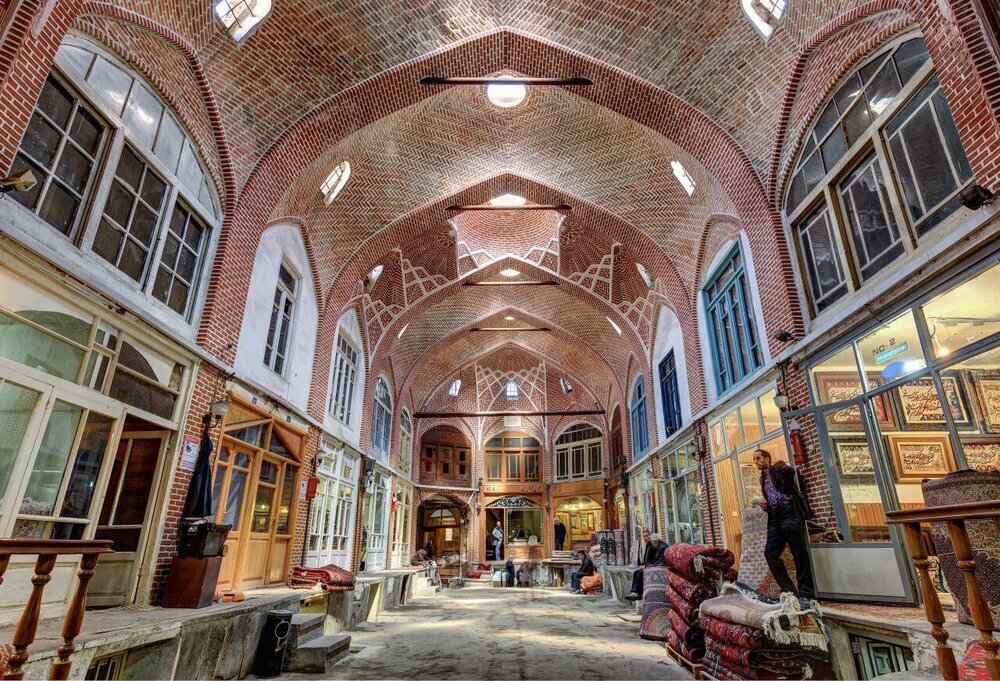Tabriz, Istanbul bazaars agree on sisterhood agreement

TEHRAN – The director of the UNESCO-registered bazaar of Tabriz has said that signing a sisterhood agreement with the Grand Bazaar of Istanbul is in process.
“After exchanging experiences about the two historical bazaars with the Istanbul Municipality agents during an international summit in Istanbul last year, we decided to define protocols for a sisterhood agreement,” Hossein Esmaeili Sangari said on Saturday.
The agreement is being pursued by East Azarbaijan province’s Cultural Heritage, Tourism, and Handicrafts Department General, East Azarbaijan Governor General’s Office, and Turkish Consulate in Tabriz, the official added.
He also mentioned that parts of the bazaar are under some rehabilitation work, while there are few visitors due to the outbreak of the coronavirus.
“Coronavirus has cut tourists the historic bazaar by 90 percent, while there are no foreign tourists and domestic visitors travel less compared to the previous years.”
The historic bazaar of Tabriz, which caught fire in 2019, has been a UNESCO World Heritage Site since 2010 and was mentioned by Marco Polo when he traveled the Silk Road in the Middle Ages.
A labyrinth of interconnected covered passages that stretches for about 5 km, the bazaar has been a melting pot of cultural exchange since antiquity.
It embraces countless shops, over 20 caravanserais, and inns, some 20 vast domed halls, bathhouses, and mosques, as well as other brick structures and enclosed spaces for different functions. Its history dates back to over a millennium, however, the majority of fine brick vaults that capture most visitor’s eyes date from the 15th century.
One of the largest and oldest covered bazaars in the world, the Grand Bazaar of Istanbul is over 30,000 square meters with over 60 streets and alleys and 4,000 shops. The original historical core of the bazaar was completed by Mehmet the Conqueror in the 15th century.
Over the years, the Grand Bazaar expanded from this core to become a sprawling roofed complex of thousands of shops, fringed by the tradesmen’s inns and workshops. By the 17th century, it had reached its present size, with over 4,000 shops and nearly 500 stalls.
While today the Grand Bazaar is no longer the commercial center of Istanbul, it is still one of the best places to get a taste of life in Ottoman-era Turkey.
ABU/MG
Leave a Comment